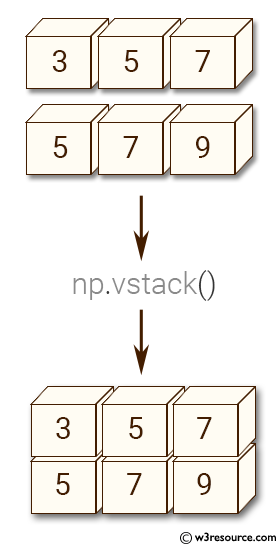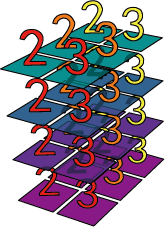
numpy.numpy.stack() – The NumPy stack Python Function.And make sure you check out our NumPy tutorials. That’s all for NumPy vstack article, if you have any confusion contact us through our website or email us at or by using LinkedIn. The behavior of np.concatenate is determined by how the axis argument is used in the syntax.Īnother way to look at it is that numpy.vstack is a special case of ncatenate. ncatenate can join arrays in the same way that numpy.vstack does, and it can also combine arrays in the same way that numpy.hstack can. ncatenate also joins NumPy arrays together, but it may do so in either a horizontal or vertical direction. ncatenate is similar to numpy.vstack but more flexible. What is the Difference Between numpy.vstack and ncatenate? Aside from that, syntax and behavior are nearly identical. The main distinction is that numpy.hstack stacks NumPy arrays horizontally, whereas numpy.vstack stacks them vertically. Numpy.hstack and numpy.vstack are both NumPy stacks that mix NumPy arrays. FAQs What is the Difference Between numpy.hstack and numpy.vstack? Please test them on your systems to see how they operate. Note: These programs will not run in online IDEs. Print ("Output stacked array :\n ", out_arr) Print ("Output vertically stacked array:\n ", out_arr) Out_arr = geek.vstack((in_arr1, in_arr2)) This function makes most sense for arrays with up to 3. This is equivalent to concatenation along the first axis after 1-D arrays of shape (N,) have been reshaped to (1,N). LAX-backend implementation of numpy.vstack ().
#Numpy vstack code#
Code Examples of NumPy vstack Python Function Stack arrays in sequence vertically (row wise). Return: The stacked array of the input arrays. The arrays must have the same shape along all but the first axis.

What is the Difference Between numpy.hstack and numpy.vstack?.Code Examples of NumPy vstack Python Function.

Introduction to NumPy vstack Python Function.


 0 kommentar(er)
0 kommentar(er)
